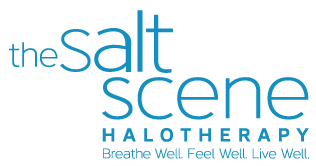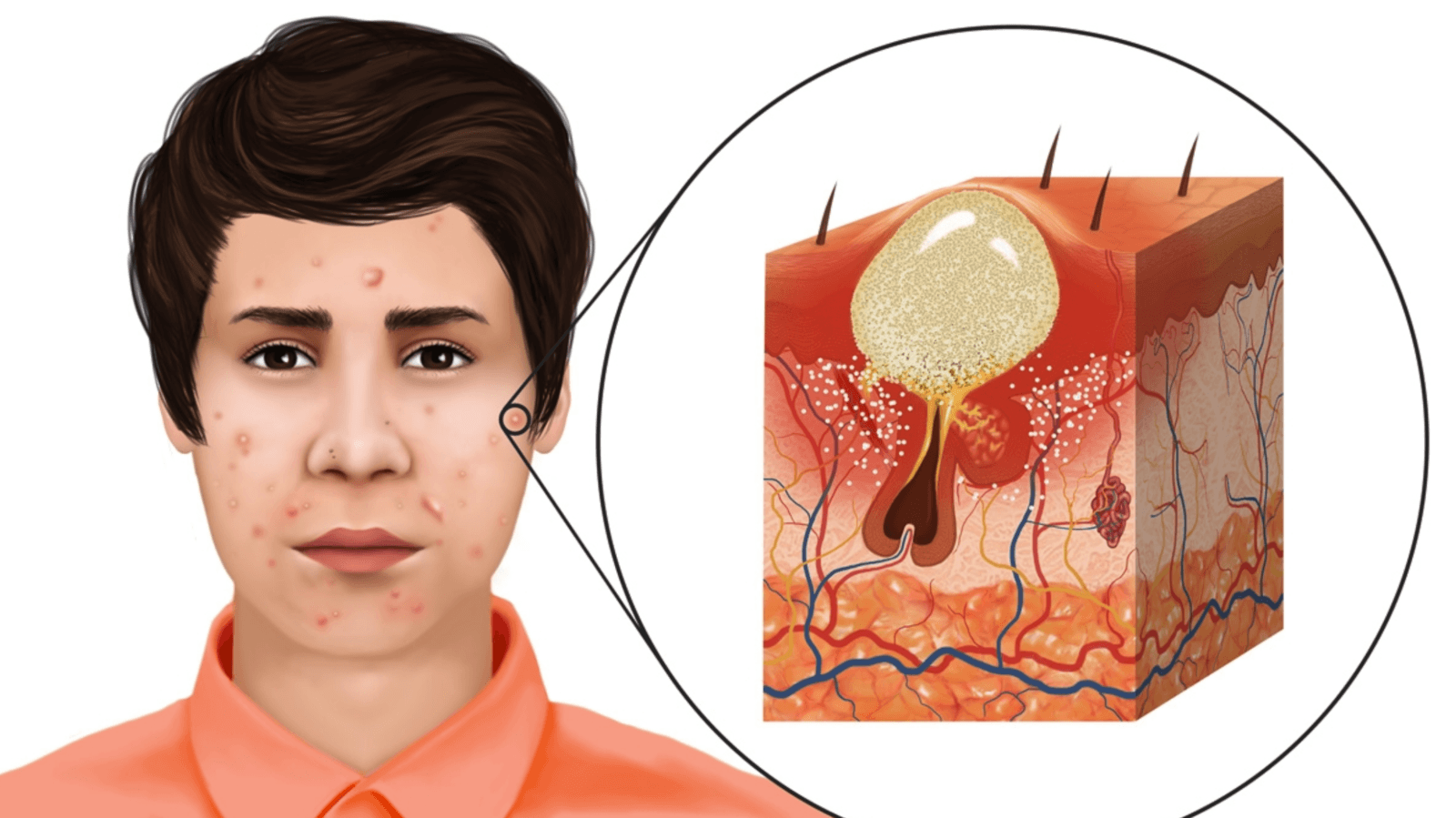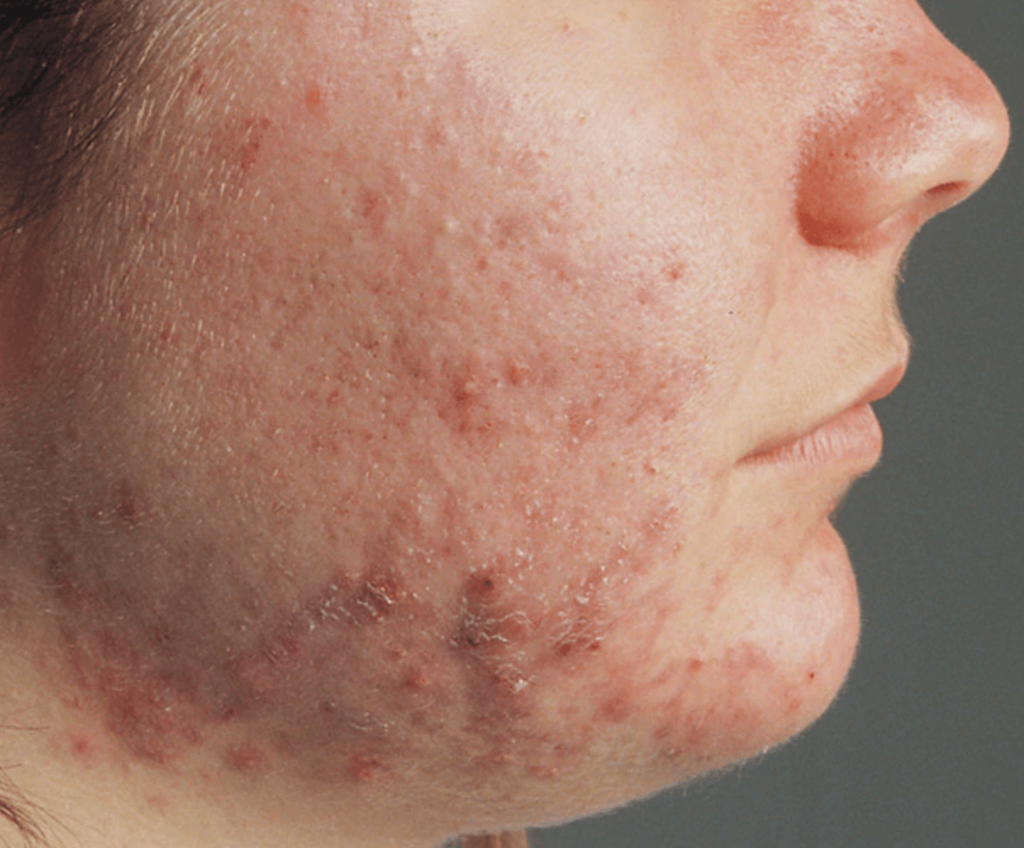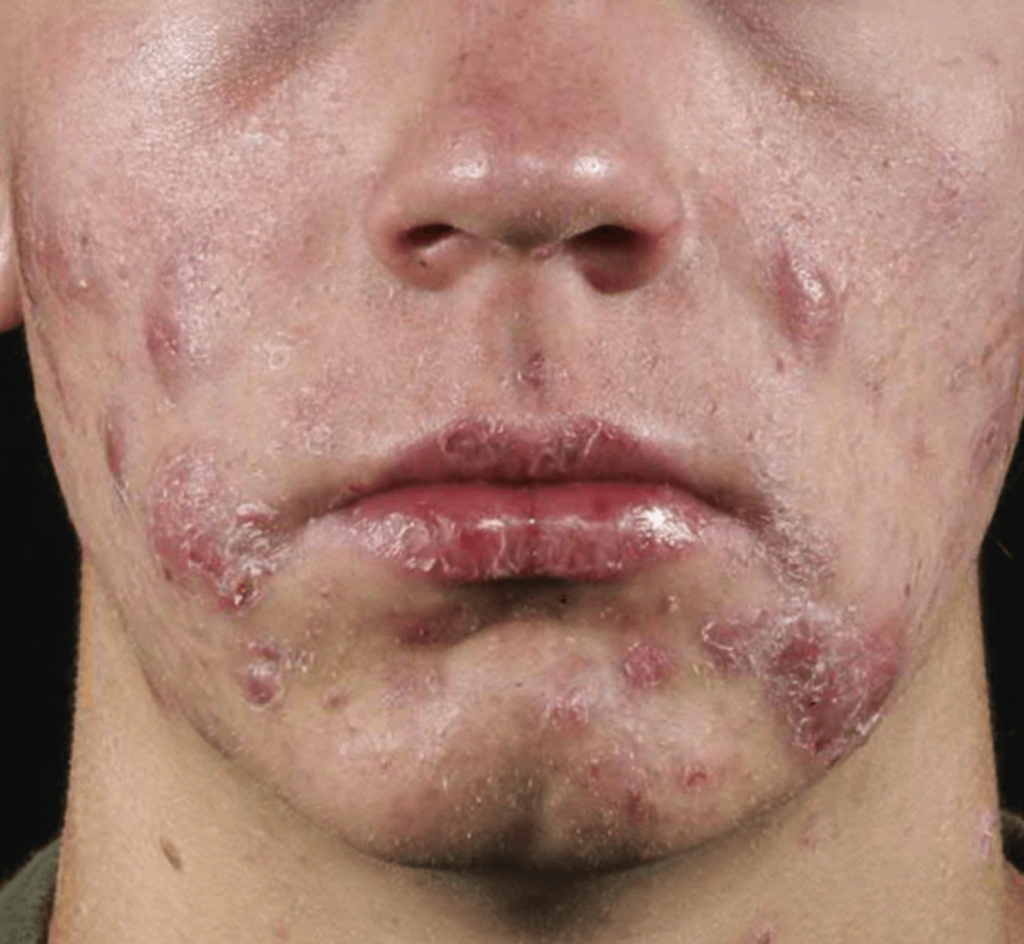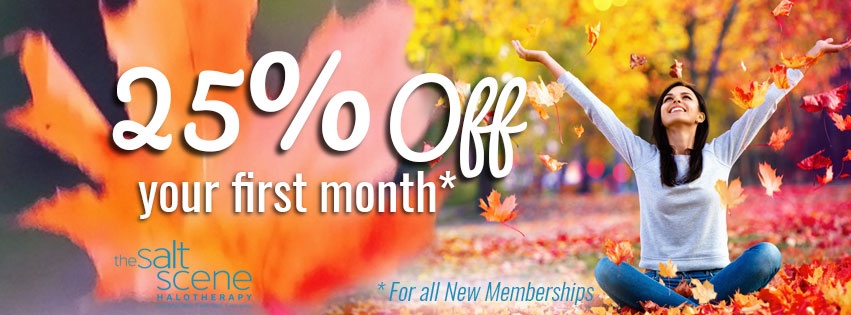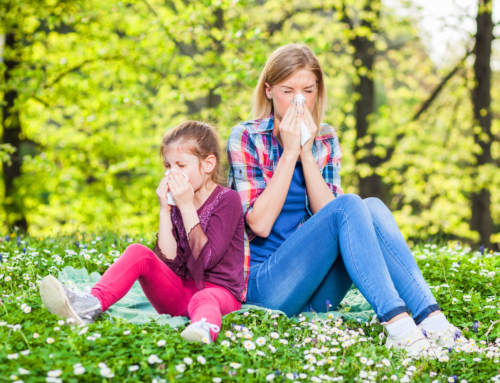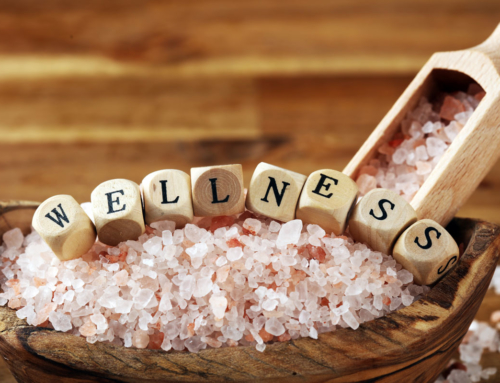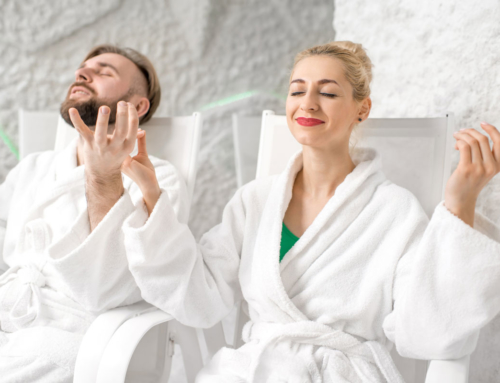Acne is a distressing skin condition that occurs when hair follicles become plugged with bacteria, oil, and dead skin cells. It often causes unsightly whiteheads, blackheads or pimples. Acne usually appears on the face, forehead, chest, upper back and shoulders. While it is most commonly associated with adolescents and teenagers, it can affect people of all ages.
Although effective treatments are available, acne can be persistent and difficult to control. The pimples and bumps heal very slowly. Usually, when one begins to go away, others seem to crop up. This tends to affect sufferers emotionally as much, if not more, than it affects them physically. Depending upon its severity, acne can scar the skin and cause additional, longer lasting emotional distress. The earlier treatment is started, the lower the severity of such symptoms.
- Common
- Cystic
Symptoms
Signs and symptoms will vary depending on the severity of your own condition:
Whiteheads (caused by bacteria and closed, plugged pores).
Blackheads (caused by bacteria and open, plugged pores).
Small red, tender bumps (papules caused by bacteria).
Pimples (pustules caused by bacteria), which are papules with pus at their tips.
Large, solid, painful lumps beneath the surface of the skin (nodules caused by bacteria).
Painful, pus-filled lumps beneath the surface of the skin (cystic lesions caused by bacteria).
When To See A Doctor
If self-care and over-the-counter remedies do not clear your acne, see your primary care doctor. Your doctor can prescribe stronger medications to help reduce the symptoms. If symptoms persist or are severe, you may wish to seek medical treatment from a dermatologist, a doctor who specializes in conditions of the skin.
Unfortunately for many women, acne can persist for decades. Flare-ups may be common, typically a week before menstruation. However, this type of acne may clear up without additional treatment in women who use contraceptives.
It’s important to note that in older adults, a sudden onset of severe acne may signal an underlying disease that could require medical attention.
The Food and Drug Administration (FDA) has warned that some popular nonprescription acne lotions, cleansers and other skin products can cause a serious reaction. Although this type of reaction is quite rare, it is easy to confuse with the redness, irritation or itchiness where you have applied the products. Any questions should be directed at your medical professional.
Seek emergency medical help if after using a skin product you experience:
Faintness
Difficulty breathing
Swelling of the eyes, face, lips or tongue
Tightness of the throat
Causes
Four main factors that cause acne:
Bacteria
Excess oil production
Hair follicles clogged by oil and dead skin cells
Excess activity of specific types of hormones (androgens)
Acne typically appears on your face, forehead, chest, upper back and shoulders. These areas are most affected because they have the greatest number of oil (sebaceous) glands. The hair follicles, that may become plugged and inflamed, are directly connected to oil glands.
Eventually the follicle wall may bulge and produce a whitehead. Or, the plug may be open to the surface and darken, causing a blackhead. A blackhead may simply look like dirt stuck in pores. But the pore is actually congested with bacteria and oil, turning brown when exposed to the air.
Pimples are raised red spots with a white center. They develop when blocked hair follicles become inflamed or infected with bacteria. Blockages and inflammation that develop deep inside hair follicles produce cyst-like lumps beneath the surface of the skin. However, other pores, such as the openings of the sweat glands, are not usually involved in acne.
Factors that may Trigger or Aggravate Acne:
Hormones-
Androgens are hormones that increase in adolescence during puberty. They cause the sebaceous glands to enlarge and make more sebum, increasing the likelihood of skin problems. Hormonal changes related to pregnancy and the use of oral contraceptives also can affect sebum production. Low amounts of androgens circulating in the blood of women and can significantly worsen acne.
Certain Medications-
Research has determined that some medications, prescribed for other conditions, have been directly linked to an increased risk of acne onset. Examples include drugs containing corticosteroids, testosterone, or lithium.
Diet-
Studies have indicated that certain dietary factors may worsen acne. Skim milk and carbohydrate-rich foods (bread, bagels, and chips) have been implicated. Chocolate has long been suspected of making acne worse. A recent study showed that eating chocolate was related to increasing acne symptoms. Numerous studies continue to examine this connection. Research also continues to determine if people with acne would benefit from following specific dietary restrictions.
Stress-
Stress can make acne worse by upsetting hormonal balance. The hormone cortisol is known as the stress hormone. Many activities of the Circadian Rhythm (the “biological timeclock”) from sleep/wake cycle to most bodily functions are affected.
How Can Salt Therapy Help?
Recent research has supported the use of salt therapy, in conjunction with prescription medications, for the treatment of acne. The salt room atmosphere is a natural anti-bacterial environment. Siting in the salt room environment provides an anti-bacterial atmosphere that treats the skin topically as well as internally. Upon entering the bloodstream, the anti-bacterial salt particles reduce inflammation and the intensity (severity) of acne outbreaks. Additional research has suggested that the duration (the length of time each outbreak lasts) and the frequency (the actual number of outbreaks) are reduced with the addition of halotherapy.
Other advantages to salt room therapy include the safety, the painless nature of the treatment, the ease of administration (simple breathing), the systemic (total-body) effects on other systems, and the emotionally-satisfying knowledge that you are actively doing something positive to treat your condition.
References
- Chereshnev VA; Barannikov VG; Kirichenko LV; Varankina SA; Khokhryakova VP; Dement’ev SV, Voprosy Kurortologii, Fizioterapii, I Lechebnoi Fizicheskoi Kultury [Vopr Kurortol Fizioter Lech Fiz Kult], ISSN: 0042-8787, 2016; Vol. 93 (6), pp. 21-26; Publisher: Media Sfera; PMID: 28091488
- Endre L, Orvosi Hetilap [Orv Hetil], ISSN: 0030-6002, 2015 Oct 11; Vol. 156 (41), pp. 1643-52; Publisher: Akademiai Kiado; PMID: 26551167
- Lazarescu H; Simionca I; Hoteteu M; Munteanu A; Rizea I; Iliuta A; Dumitrascu D; Dumitrescu E, Journal Of Medicine And Life [J Med Life], ISSN: 1844-3117, 2014; Vol. 7 Spec No. 2, pp. 83-7; Publisher: “Carol Davila” University Press; PMID: 25870681
